Exploring the three hand-building techniques of clay opens up a world of creative possibilities for pottery enthusiasts and artisans alike. Whether you're an experienced potter or a curious beginner, hand-building allows you to shape clay into artful and functional pieces without the need for a potter's wheel. The techniques of pinching, coil building, and slab building each bring their own unique characteristics and expressive potential, catering to a wide range of artistic styles and project aspirations.
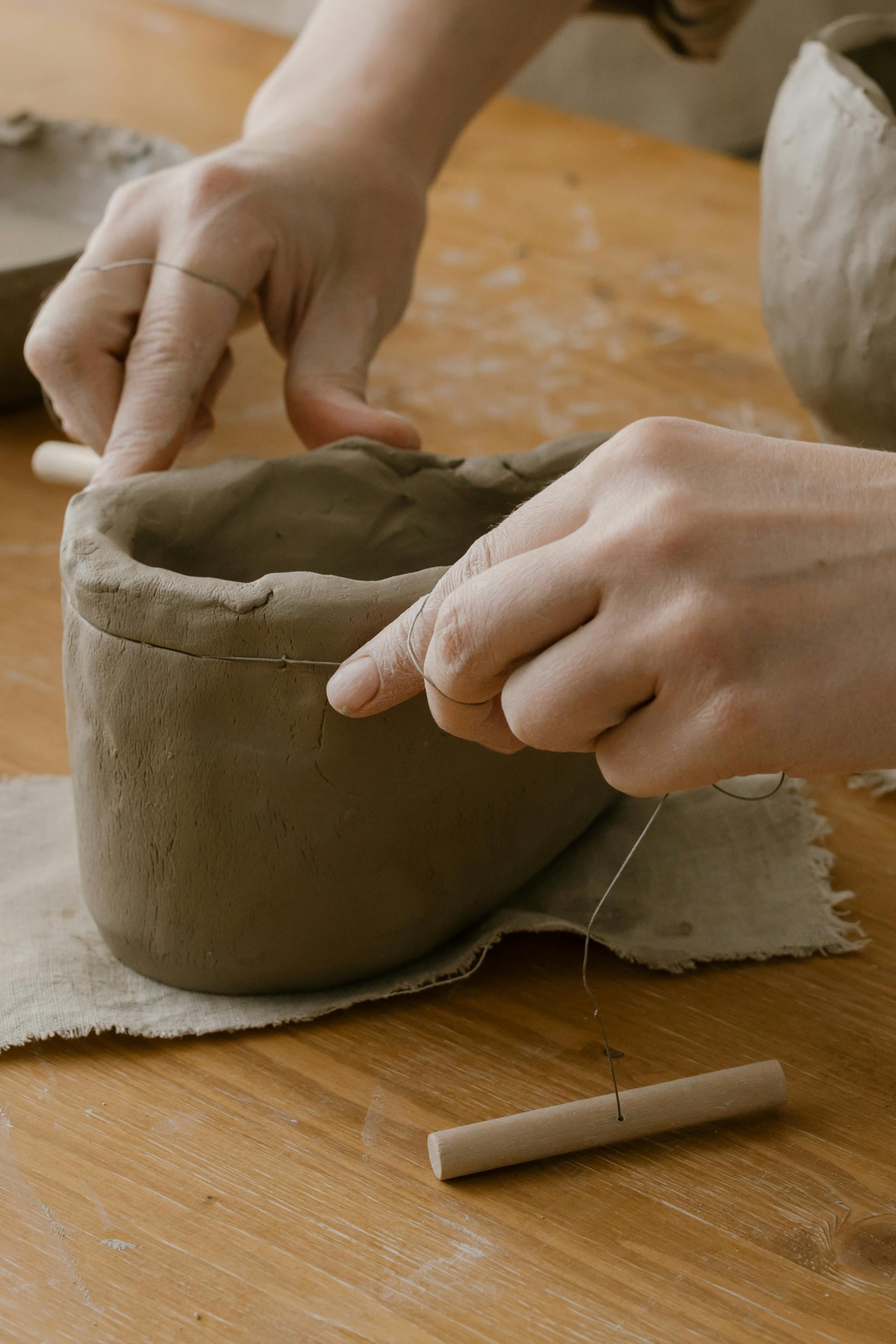
| Technique | Description |
|---|---|
| Pinching | Involves shaping clay by pinching it between fingers and thumb, often used for creating small pots or bowls. |
| Coil Building | Uses rolled clay coils stacked and smoothed together to construct pottery, ideal for making larger, intricate designs. |
| Slab Building | Consists of rolling flat slabs of clay that are cut and joined to form shapes, suitable for both functional and decorative pieces. |
Pinching: Crafting Intimate Creations
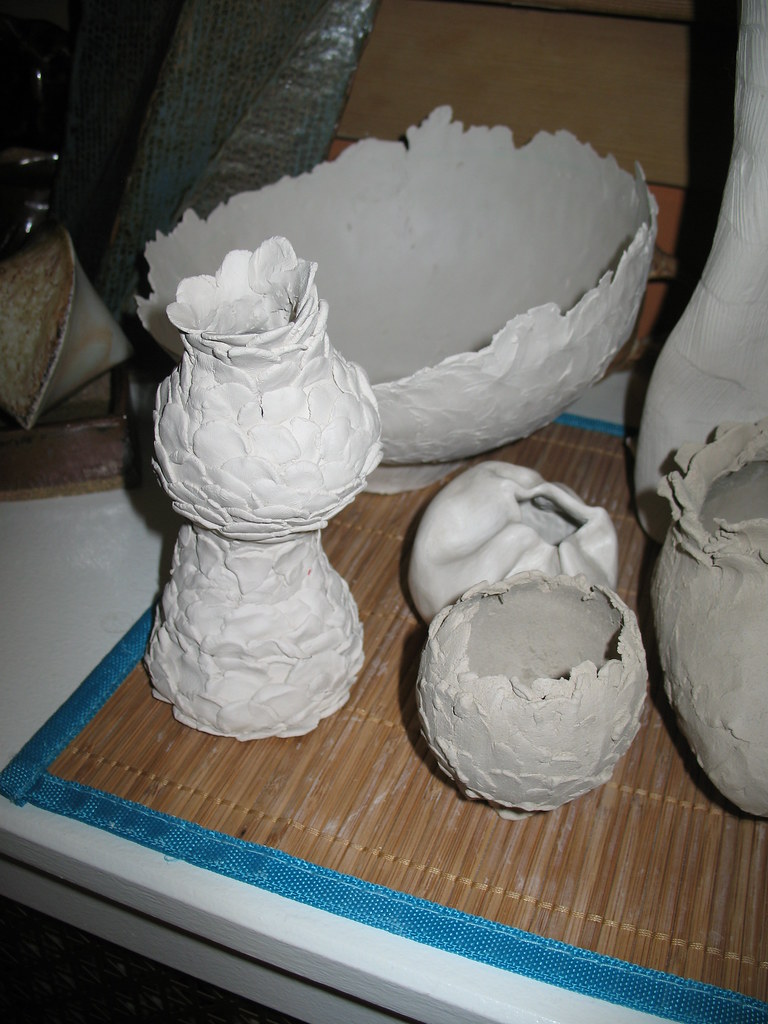
Diving into the art of pinching, you'll find this technique to be as intuitive as it is versatile. With just your fingers and a thumb, you can create everything from petite, delicate cups to small sculptures. It's a method that doesn’t shy away from highlighting the subtle imperfections that imbue handmade charm. Start with a ball of clay, then gently coax it into a vessel or form. The tactile experience can be incredibly grounding, and there's a meditative quality to the rhythmic pinching motions. This technique truly embodies the essence of turning simple movements into a personal artistic expression that tells its own story.
Coil Building: Spiraling Towards Imagination
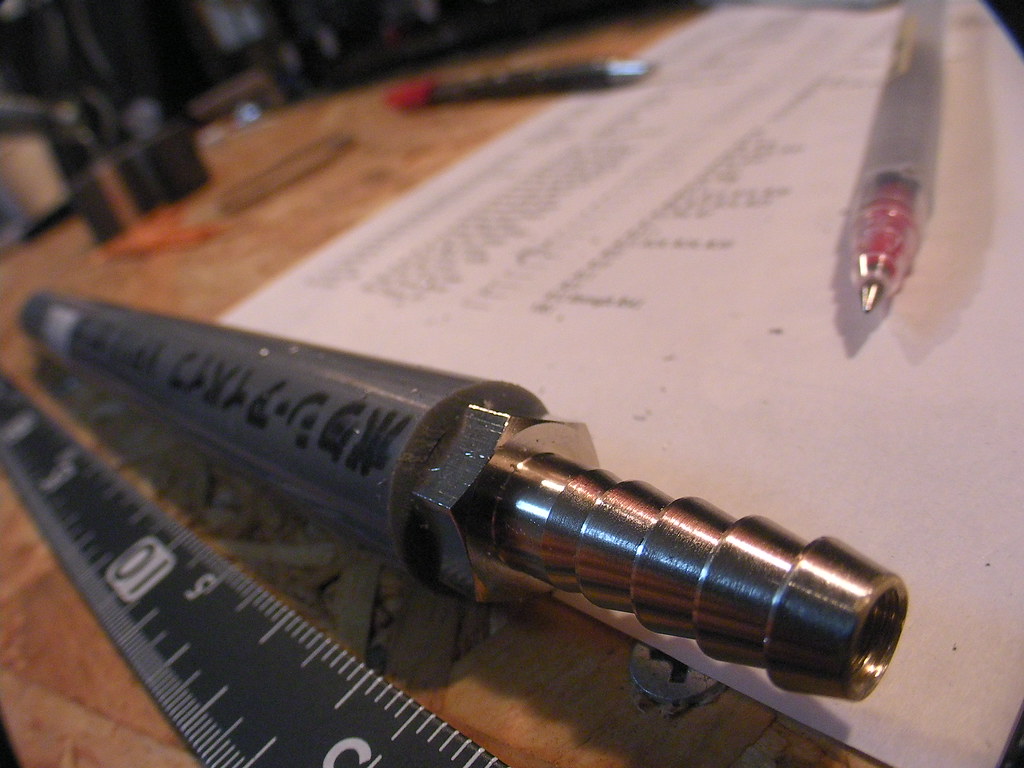
Coil building throws open the doors to grander design ambitions. Here, clay is rolled into a series of coils that are then stacked upon one another and blended to create seamless walls and forms. The beauty of this technique lies in its ability to render both robust proportion and intricate detail. Vases, planters, and even more abstract forms can be realized with coiling, allowing creativity to unfurl like a vine climbing a trellis. Each coil is an opportunity to add layers not just of clay, but also of texture and intrigue to your piece. As you build upward or outward, keep in mind that smoothing can be your instrument for refining or bold statement-making.
For more detailed instructions and options, consider checking out the Hand Building Basics guide provided by Columbia Parks and Recreation.
Slab Building: The Architect’s Canvas
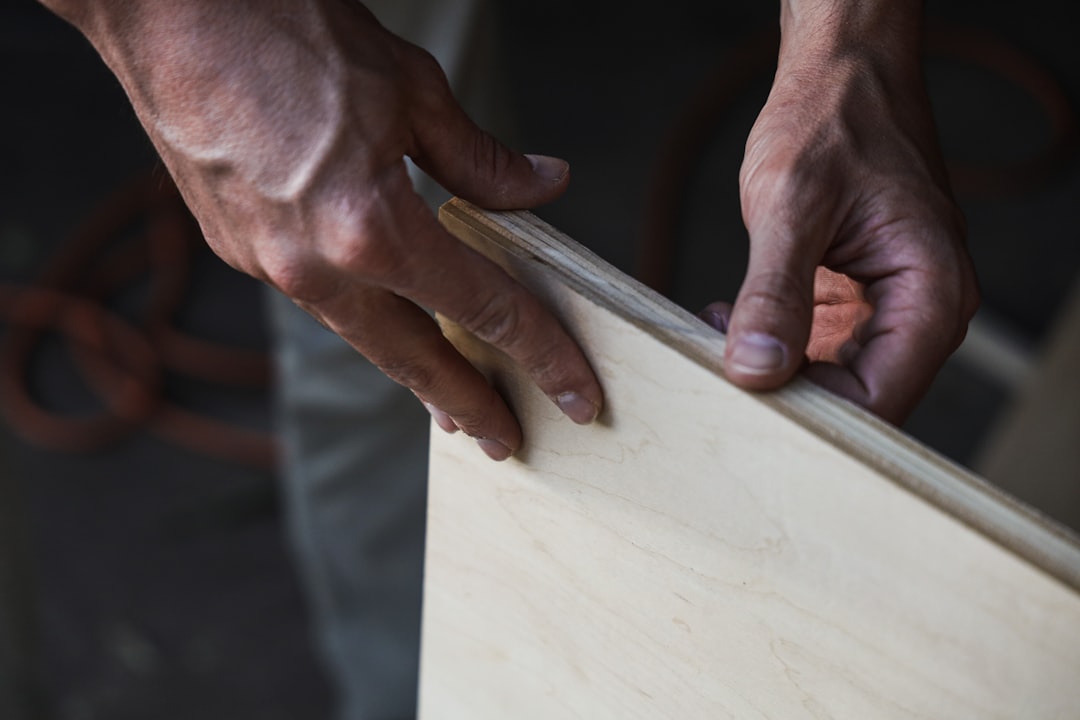
For those with an eye for geometry and premeditated design, slab building offers a structured yet flexible approach. Imagine rolling out clay like a baker does pastry, preparing to cut and assemble clean, solid shapes. Slabs can be expertly joined to form anything from straightforward mugs to elaborate architectural pieces and are especially suited to larger works or those requiring flat surfaces. The challenge—and thrill—of slab building lies in mastering the delicate dance of timing; slabs need the right firmness to hold form yet remain pliable for manipulation. This technique is a favorite among potters aiming to construct with precision and explore the interplay between form and space.
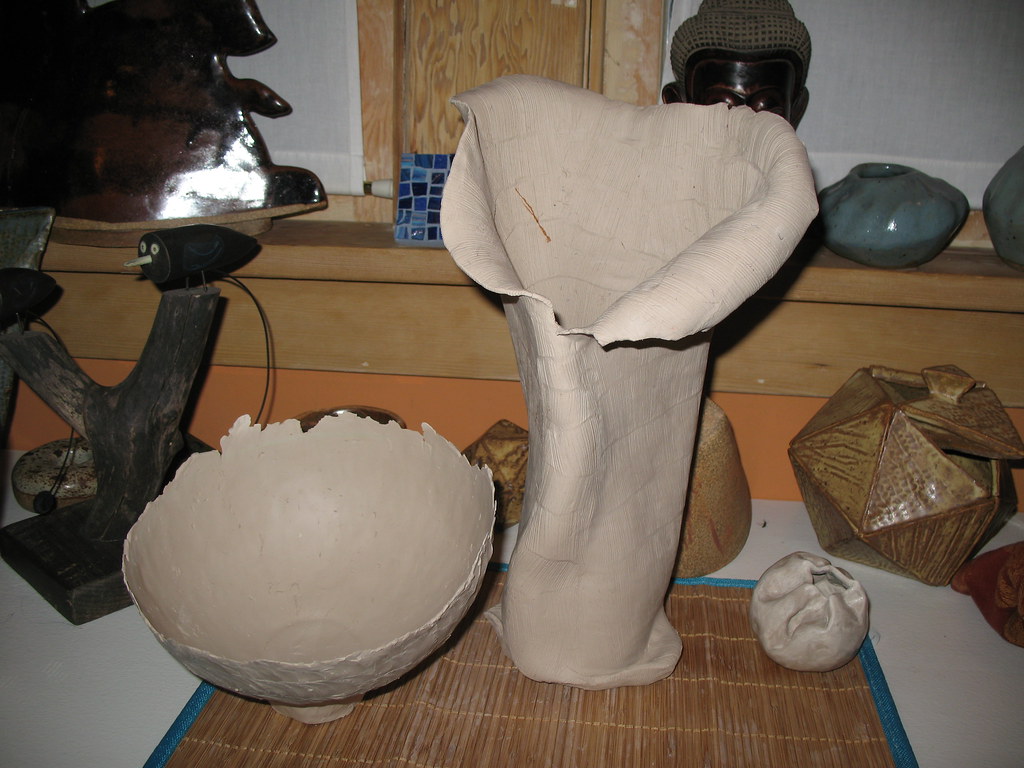
Interested in learning more or practicing in a community setting? Hand Building Ceramics at Wisconsin Union's calendar might have events you would like to join.
Each of these hand-building methods encourages you to experiment and discover what unique creations you can bring to life. If you're just starting out and looking for a structured learning approach, consider exploring the Ceramics Camp at PCC.
Which technique resonates with your artistic vision? Share your experiences or ask for advice in the comments! Check out the Introduction to Clay – Hand Building at the City of Pompano for weekend workshops. Visit our recent articles and discover more ideas and inspiration.
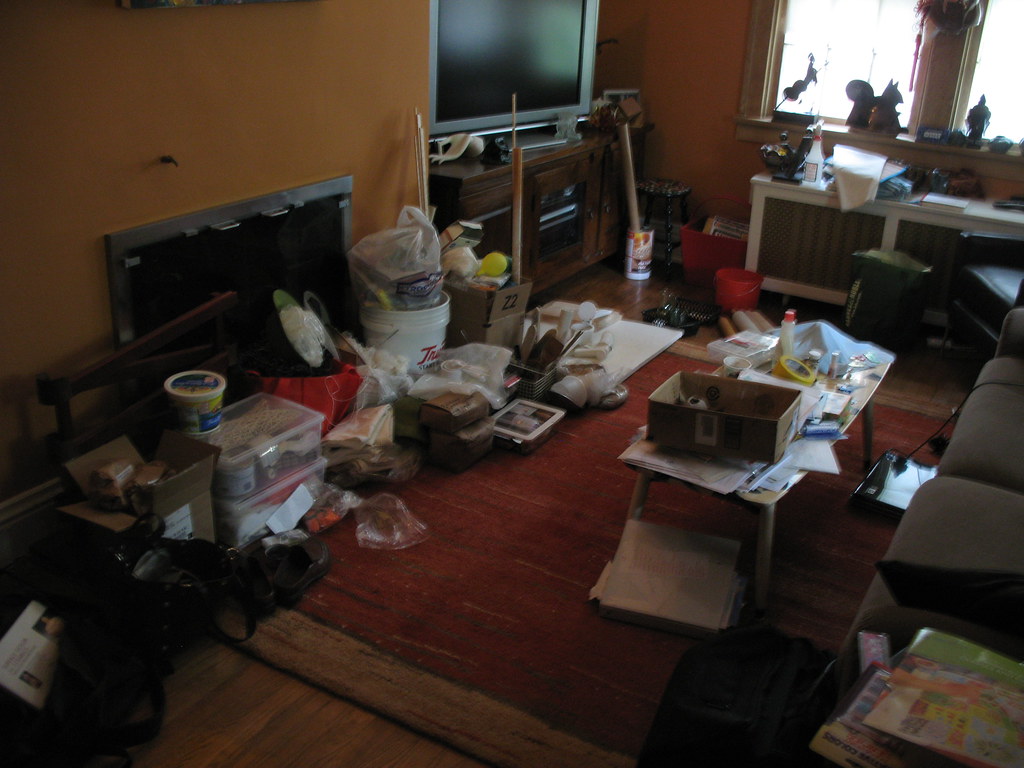
Learn the Three Essential Clay Handbuilding Techniques
Exploring the three hand building techniques of clay opens up a world of creative possibilities for pottery enthusiasts and artisans alike. Whether you’re an experienced potter or a curious beginner, hand-building allows you to shape clay into artful creations. To further enhance your skills, watch the “Basics of Ceramic Handbuilding: Pinchpot, Coiling & Slab Building” video by Clay Corner Studio, where you can learn and combine these fundamental techniques.
What are the three methods of working with clay?
Pinch pot, coiling, and slab building are widely viewed as the key hand-building techniques for shaping clay. Each method empowers you to create unique ceramics without relying on a pottery wheel. From simple bowls to intricate sculptures, these three approaches offer endless possibilities for both beginners and experienced artists.
What are the three ways of preparing clay?
When getting your clay ready for hand-building, three essential steps help ensure a smooth, workable material:
• Sorting: Remove unwanted debris (like stones or organic matter).
• Sieving: Filter out larger pieces, allowing only fine particles through for a consistent texture.
• Crushing: Reduce remaining lumps into a powder or fine granules, making it easier to mold, shape, and experiment with your designs.
What are the three methods of clay modelling?
Clay modelling often revolves around three main techniques that cater to different levels of complexity:
• Coiling: Form long, snake-like rolls of clay and stack them to build walls or vessels.
• Modelling: Shape and sculpt the clay directly with your hands to create organic forms and detailed figures.
• Slab Building: Roll out flat sheets of clay and cut or shape them into panels that can be joined to form boxes, tiles, and other structured shapes.
What are the three methods of processing clay?
In pottery and ceramics, clay typically undergoes a trio of mechanical processes—crushing, grinding, and screening—to achieve refinement without altering its natural composition. This preparation ensures your clay maintains its inherent properties, enhancing consistency and performance when you begin hand-building, sculpting, or firing your creations.
Wrapping up, diving into the three hand building techniques of clay truly unlocks endless creative avenues. Whether you’re pinching, coiling, or slab building, each method offers a unique way to express your artistic vision and bring your pottery ideas to life. Embrace the tactile experience and let your imagination mold the clay into something truly special.
Stay Connected and Keep Creating
I'd love to see your hand-building projects and hear about your creative journeys! Make sure to follow us on Instagram for more tips, inspiration, and community stories. Let’s continue exploring the wonderful world of clay together and keep the creative momentum going!
